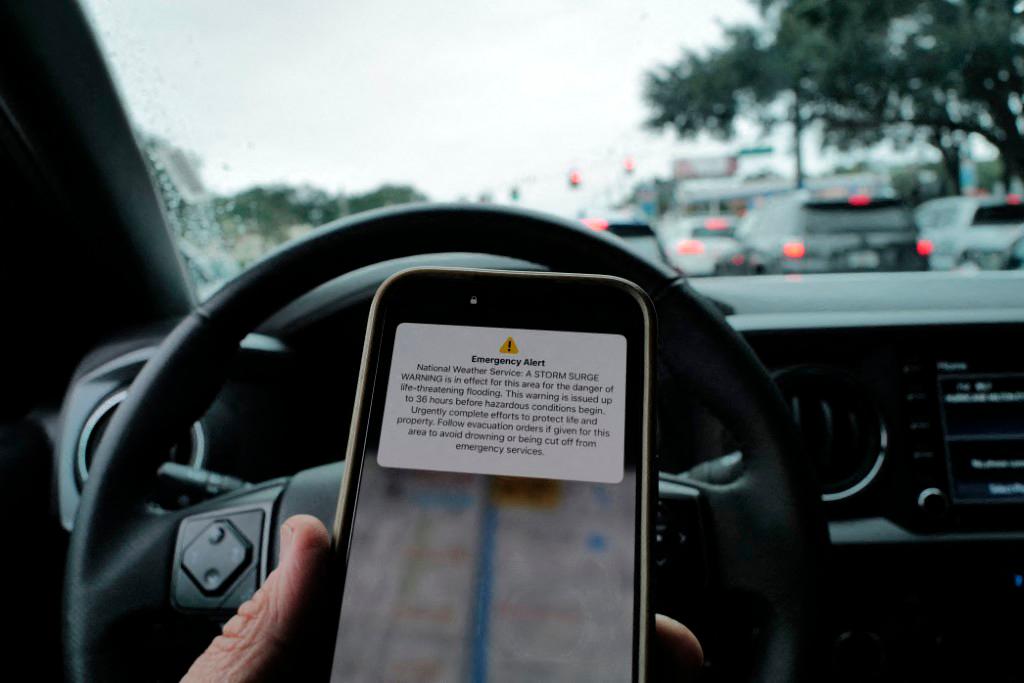PETALING JAYA: Malaysians can soon expect real-time disaster alerts on their phones, with experts saying the new nationwide warning system could be a game-changer.
International Islamic University Malaysia Engineering Faculty associate professor Dr Yasir Mohd Mustafah said the cell broadcast-based system would transform the speed and accuracy of alerts during floods, landslides and other emergencies.
“Unlike SMS, which faces delays and congestion, or app-based push notifications that need internet access, cell broadcast can instantly deliver alerts to all devices in a targeted area. Technically, it is the most preferred system for disaster alerts.”
He said Malaysia’s wide 4G and 5G coverage, over 97% and 80% of populated areas respectively, would further boost efficiency though coverage gaps remain in rural and remote areas.
“Traditional media like radio and television, as well as community systems such as sirens, must continue to be used to ensure vulnerable groups are not left out.
“MCMC must establish clear SOPs and robust verification systems to avoid false alarms, abuse or delays,” he said, citing Japan’s use of the technology during earthquakes as proof of its effectiveness.
“When disaster strikes, the most effective defence is a community that is ready to act.”
Concerns over disaster preparedness were heightened last Sunday when two earthquakes struck Johor within hours of each other.
The Meteorological Department reported a 4.1-magnitude tremor in Segamat at 6.13am, followed by a 2.8-magnitude quake in Kluang around 9am.
Tremors were felt in Johor, Negeri Sembilan, Malacca and southern Pahang, though no injuries or property damage were reported.
Communications Deputy Minister Teo Nie Ching announced that the Malaysian Communications and Multimedia Commission is developing a nationwide disaster alert system which has been proposed under Budget 2026.
The project is intended to cover all types of disasters and emergencies.
Universiti Teknologi Malaysia Disaster Preparedness and Prevention Centre senior research fellow Dr Khamarrul Azahari Razak described the rollout as “an urgent and critical step” to strengthen Malaysia’s early warning system.
He said the project must be co-designed with government, the private sector, academia, NGOs and communities to ensure inclusivity and impact.
He added that priority should be given to disasters that pose the greatest threat to human life.
“National records show that landslides have caused higher numbers of fatalities compared with floods, which result in greater economic losses.”
Khamarrul said Malaysia still faces gaps in disaster preparedness and called for stronger political will, evidence-based policymaking and public trust.
“Accurate data, evidence and local knowledge are essential to improve our understanding of complex and emerging risks, especially in the face of climate change.”
He emphasised disaster education to prevent “alert fatigue”.
“Campaigns must be inclusive of children, the elderly, women and persons with disabilities, and integrated into schools, preparedness plans and regular drills to build public readiness.”
Khamarrul said Malaysia must also invest in advanced technologies and cost-effective tools aligned with the National Disaster Risk Reduction Policy 2030.









